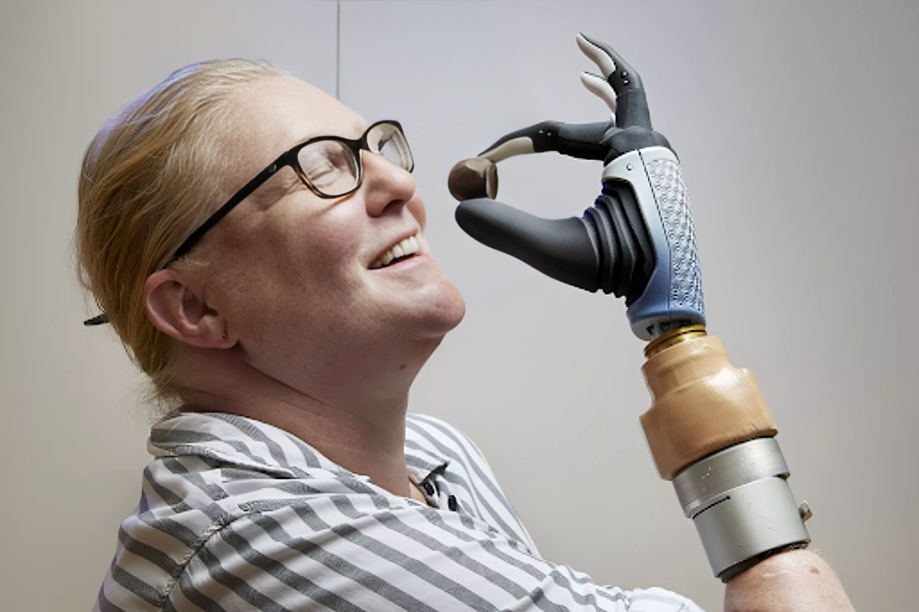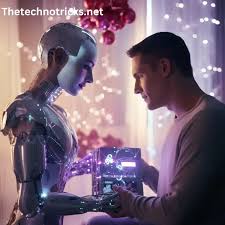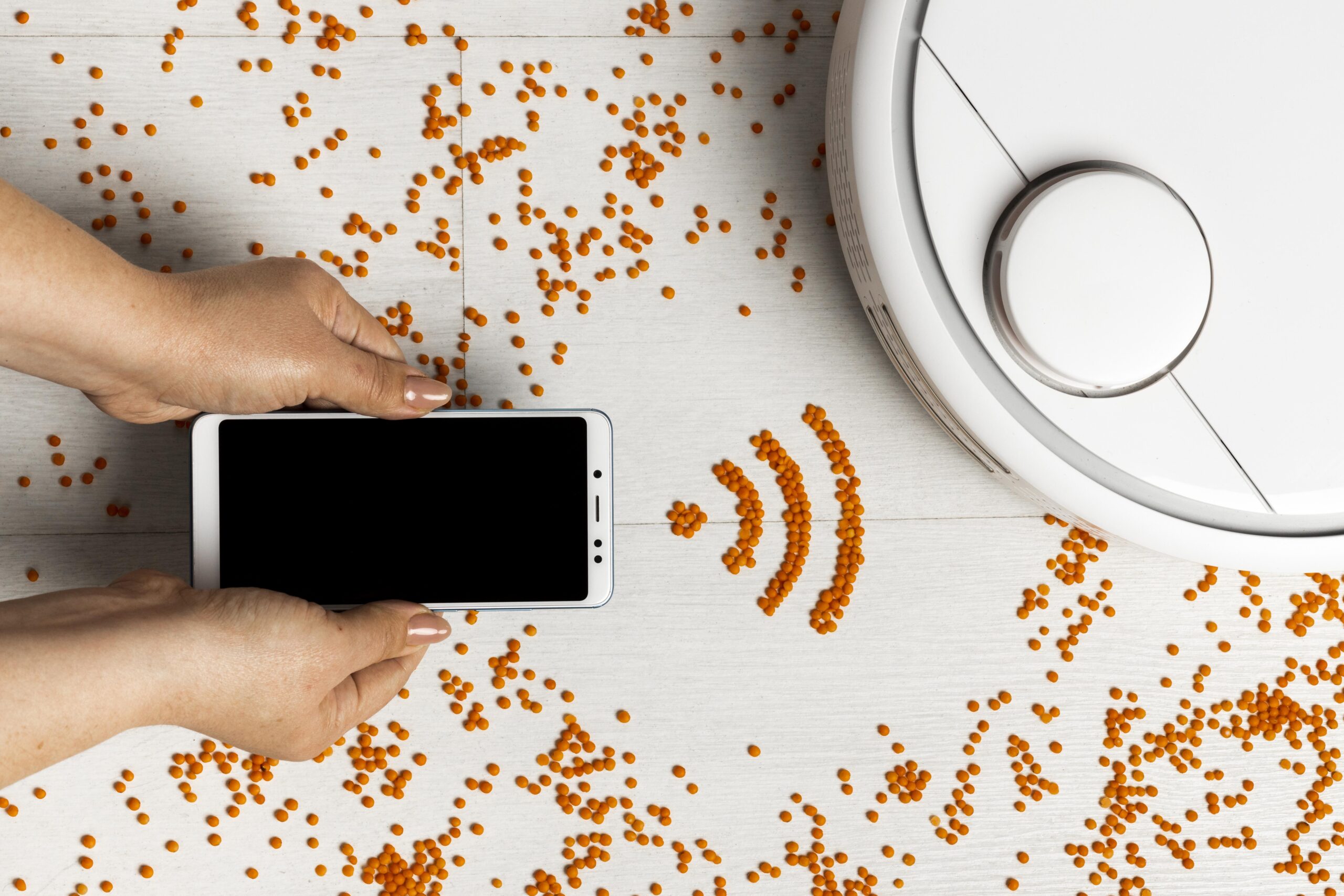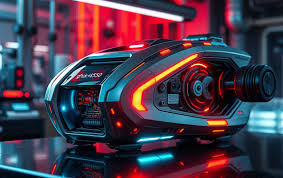Introduction
The area of bionics is changing the way we perceive and interact with biological systems and technology advances. Bionics aims to increase human capabilities, medical treatments, and industries by emulating the mechanics of live creatures. This thorough book digs into the realm of bionics, examining its history, applications, and ground-breaking technologies that are influencing our future.
The Evolution of Bionics
Historical Background
The notion of bionics stretches back to ancient times, when humanity attempted to mimic natural skills via artificial methods. Jack E. Steele invented the phrase in the 1960s, combining the words “biology” and “electronics” to denote the multidisciplinary study of biological systems and its engineering applications.
From Prosthetics to Modern Innovations
Prosthetic limbs and hearing aids were among the first bionic devices. Today, developments in materials science, robotics, and artificial intelligence have broadened the scope of bionics, resulting in the creation of complex devices including bionic limbs, brain interfaces, and bio-inspired robots.
Applications of Bionics
Medical Bionics
One of the most important applications for bionics is medicine. Bionic devices are revolutionizing the lives of people with impairments by improving their mobility, sensory awareness, and general quality of life.
- Bionic Limbs: Modern prostheses include sensors and actuators that replicate natural limb motions, enabling users to execute complicated tasks with accuracy. Tactile feedback and adaptive control are among the advanced features provided by innovations such as the bionic hand and bionic leg.
- Cochlear Implants: These devices bypass damaged regions of the ear and directly stimulate the auditory nerve, restoring hearing to those with severe hearing loss.
- Retinal Implants: Bionic eyes, also known as retinal implants, provide blind people with vision by transforming light into electrical impulses that the brain can understand.
Neural Interfaces
Neural interfaces, often known as brain-computer interfaces (BCIs), are an emerging field in bionics. These technologies allow for direct contact between the brain and external equipment, creating new possibilities for those suffering from paralysis or neurodegenerative disorders.
- Motor Prostheses: BCIs can control prosthetic limbs, allowing users to move and manipulate objects with their thoughts.
- Neurorehabilitation: BCIs are used in therapy for stroke and spinal cord injury patients, helping to retrain neural pathways and restore motor functions.
- Cognitive Enhancement: Research is ongoing into using BCIs for enhancing cognitive abilities and treating mental health conditions.
Bio-Inspired Robotics
Bio-inspired robotics entails creating robots that mimic the mechanics and behaviors of organic beings. This technique has various benefits, including increased efficiency, flexibility, and robustness.
- Soft Robotics: Inspired by the flexibility and dexterity of biological tissues, soft robots are used in applications ranging from medical procedures to search and rescue missions.
- Swarm Robotics: Mimicking the collective behavior of social insects, swarm robots can perform complex tasks through simple interactions, making them ideal for environmental monitoring and exploration.
- Adaptive Systems: Robots designed with bio-inspired algorithms can learn and adapt to changing environments, enhancing their functionality and resilience.
Future Directions in Bionics
Regenerative Medicine
The field of bionics is contributing significantly to the development of regenerative medicine. Researchers are creating novel therapies for organ failure and tissue injury by fusing bioengineered tissues and organs with bionic devices.
- Bioprinting: 3D bioprinting technology enables the creation of customized tissues and organs for transplantation, reducing the need for donor organs and minimizing the risk of rejection.
- Biohybrid Systems: Combining living cells with synthetic materials, biohybrid systems offer innovative solutions for repairing or replacing damaged tissues.
Enhanced Human Capabilities
Beyond what is naturally possible, bionics offers the potential to further enhance human capabilities. This include improving cognitive function, physical stamina, and sensory awareness.
- Exoskeletons: Wearable bionic exoskeletons can enhance physical strength and endurance, benefiting both individuals with mobility impairments and workers in physically demanding jobs.
- Sensory Augmentation: Bionic devices are being developed to extend human senses, such as enhanced vision for low-light conditions or augmented hearing for detecting ultrasonic frequencies.
- Neural Enhancement: Advances in neural interfaces could lead to cognitive enhancements, such as improved memory, learning speed, and problem-solving abilities.
Ethical Considerations
Although bionics technology has enormous promise, it also brings up significant ethical issues. To guarantee that bionic technologies serve society as a whole, concerns including accessibility, equality, privacy, and the ramifications of human augmentation must be properly explored.
Conclusion
The rapidly developing area of bionics offers creative answers to some of the most important problems in robotics, medicine, and other fields by bridging the gap between biology and technology. Bionics, which imitates the workings of organic things, not only expands human potential but also opens the door to a future in which technology coexists peacefully with our biological systems. It is critical that we address ethical issues and make sure that bionics breakthroughs are available to and useful to everyone as we continue to explore their potential.











